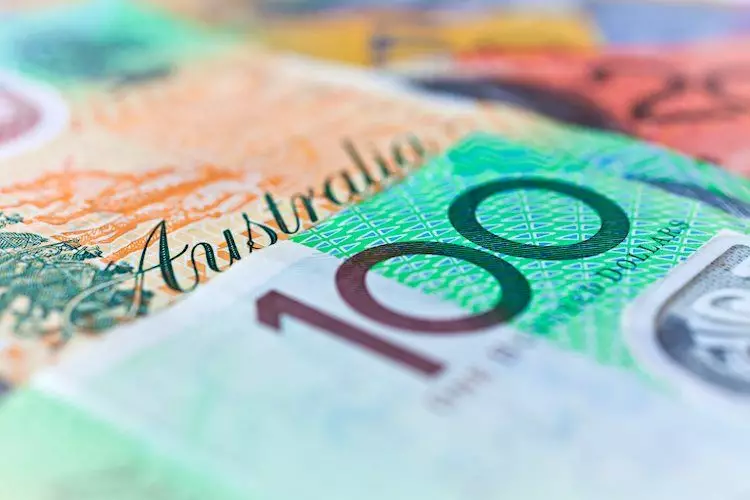The currency pair AUD/USD is becoming a focal point for forex traders, especially as recent economic developments create ripples beyond the borders of Australia and the United States. Recently, a combination of risk-on sentiment among investors and strategic measures taken by the People’s Bank of China (PBOC) has resulted in a noteworthy rally for the Australian dollar (AUD). As evidenced by the AUD’s notable increase to 0.6910, the multi-faceted influences driving this ascension reveal much about current global market dynamics.
Risk appetite among market participants has seen noticeable growth, largely influenced by China’s significant stimulus initiatives aimed at bolstering its economy. These actions included notable monetary policy easing and adjustments in reserve requirements, which worked to rejuvenate market confidence. This phenomenon had a strong carry-over effect on the Australian dollar, as Australia maintains robust trading relations with China, its largest trading partner.
Compounding this AUD momentum is a collection of economic indicators emanating from the United States. Specifically, the Personal Consumption Expenditures (PCE) figures for August reported softer outcomes, thereby undermining the strength of the USD. The headline PCE Price Index revealed a 2.2% year-on-year increase, which, while modest, fell short of market expectations. This softer inflation reading signals a potentially less aggressive Federal Reserve, contributing to a market environment where investors begin to speculate on impending interest rate cuts.
Given this backdrop, the hawkish stance of the Reserve Bank of Australia (RBA) becomes an essential counterpoint. As the RBA remains committed to maintaining higher interest rates until inflation comfortably returns to its target range of 2-3%, it sets up an interesting dynamic: the divergence between the RBA’s policies and the Fed’s potential easing cycle. This divergence is positioning the AUD favorably against the USD, fueling its upward trajectory.
Technical indicators reflect the bullish momentum building behind the AUD/USD pair. Key metrics like the Relative Strength Index (RSI) and the Moving Average Convergence Divergence (MACD) indicate strong upward trends. The RSI, firmly positioned above the neutral zone, suggests sustained buying interest, while the MACD’s increasing green bars assure traders of the positive outlook prevailing in this pair. Current market sentiments point to a forthcoming target of 0.7000, positioning traders for further gains.
Delving deeper into the Australian economic structure reveals two critical components: interest rates and commodity prices – particularly iron ore. The RBA’s interest rate policies play a vital role in shaping the AUD’s value. With Australia distinguished as a resource-rich nation, the health of the commodity markets directly influences the currency’s performance.
Iron ore stands out as Australia’s largest export, forming the backbone of economic relations with China. In 2021, Australian exports of iron ore accounted for a staggering $118 billion, underlining its critical role. A surge in iron ore prices often translates to benefits for the AUD, as increased demand creates upward pressure on the currency. Conversely, fluctuations in iron ore prices — particularly declines — can shift this dynamic, causing potential depreciation in the AUD value.
Another pivotal factor in understanding the AUD’s behavior is the Trade Balance, defined as the difference between export earnings and import expenditures. A positive Trade Balance enhances the currency’s strength since foreign buyers seeking Australian exports increase demand for the AUD. Conversely, a negative balance could weaken the currency and stifle its growth. The interdependence between the Trade Balance and iron ore prices illustrates a critical feedback loop influencing AUD valuations.
As global economic landscapes continue to shift, the interplay between the Australian and US economies, coupled with stimulating measures from China, sets the stage for an intriguing financial narrative for the AUD/USD currency pair. With a hawkish RBA juxtaposed against indications of a dovish Fed, coupled with favorable commodity market conditions, the AUD faces an optimistic outlook. Traders and investors need to remain agile and astute, as developments in this intricate web of influences could significantly impact currency valuations in the near future. As conditions evolve, the path for the AUD/USD remains promising, highlighting the significance of ongoing monitoring for pockets of opportunity.

